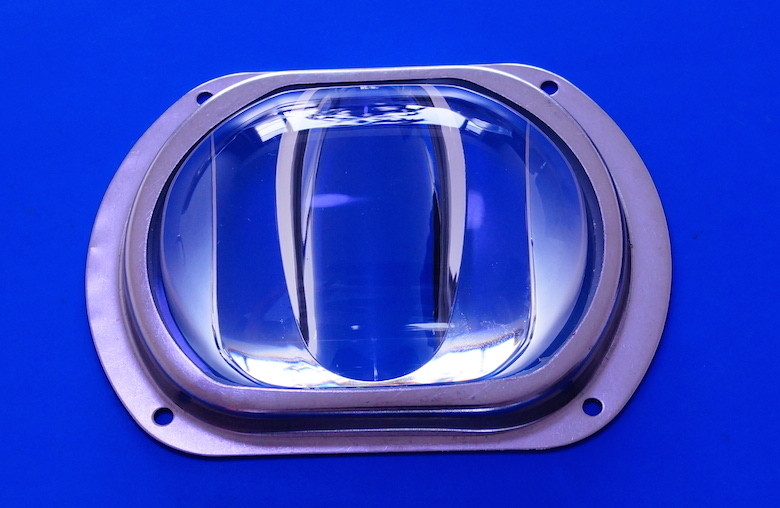oreo57
Well-known member
That exact thing has been said here many times. Spectrum plus delivery equals identical. I have yet to see a corn cob LED array that can duplicate the spectrum of a Radium (or T5 combination) that used a big reflector to spread the light out into a tank.
The main two points of argument here are spectrum and spread IMO. LED can't do the sharp peaks, or it's not cost feasible yet, can't do the green peak (lime maybe comes close, or it's simply cost prohibitive). and I have seen some doubt that reflectors would work as well since the LED point source is rather narrow vs a charged element reflected from a reflector.
Light is light, directional is directionality, hot spots are hot spots. We have strong evidence of what works, why don't LED mfgs try and duplicate it?
first LED's normally are lensed at 120-140 degrees to begin with...Not exactly a "spot" configuration..though granted the center is heavily weighted.
Why manuf. do what manuf do.. now there is some voodoo for you..
Keep in mind LED "research" is geared for "other than" corals or aquariums in general..so manuf have to make do w/ what is available..
Now Phillips, a company w/ practically ZERO restriction on what they can or can't do..being a creator of LEDS (well manuf/design gets a bit muddy here)..is anotehr story.
We shall see how that turns out soon enough..
Sad part is the fact that like 1/4 mile of this thread is dealing w/ a few specific species failures under LED..Not even a group of species.. but a few ind. ones...
Te fact that LEd early iterations were based on "deep water" spectrums and to maximise depth penetration at the least cost (due to the extreme cost of early LEDs) doesn't seemed to have helped much..Even a high K MH is more full spectrum.
some early "in head" designs included pointing the LEd's UP and using a parabolic reflector..
I think you will grasp how much cost and complexity this would entail...
Last edited:








